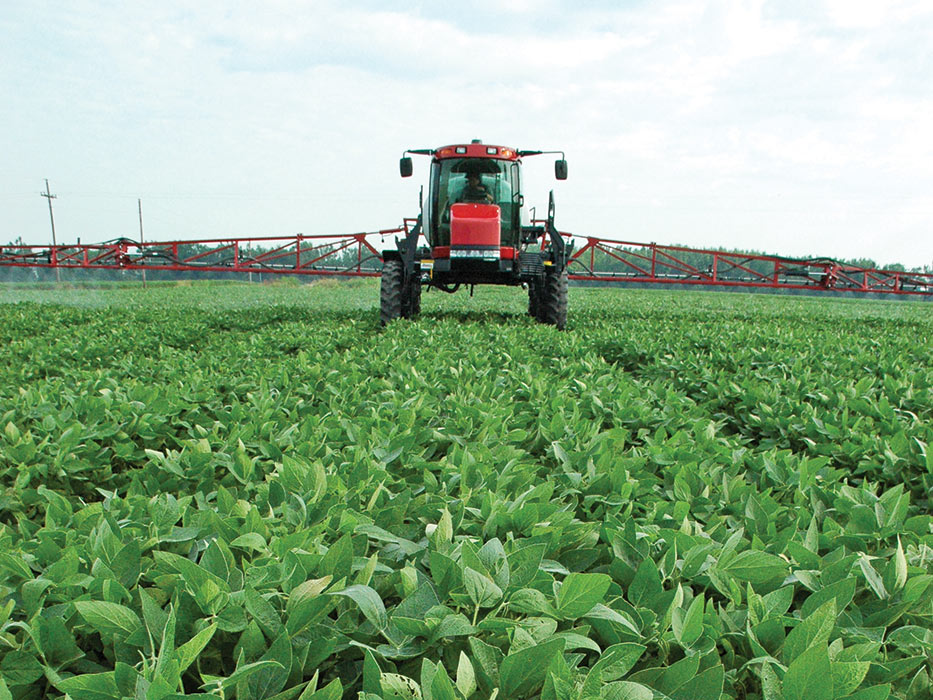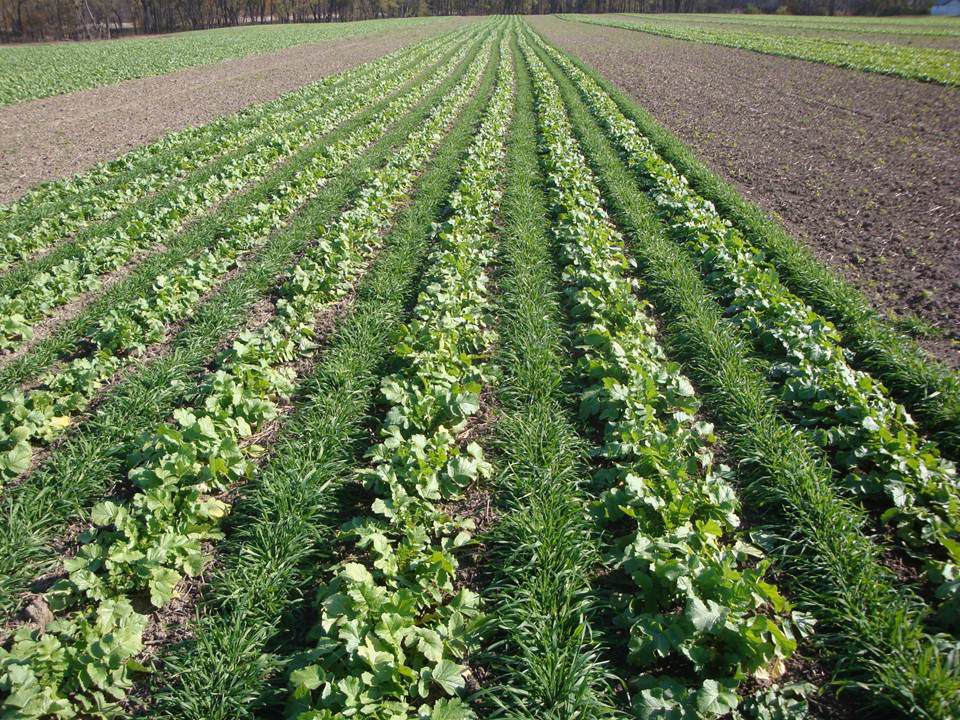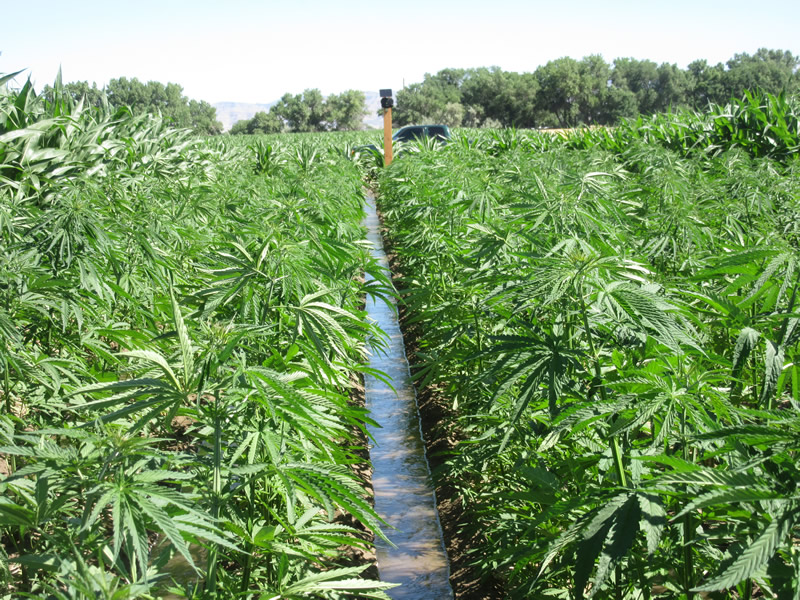Dicamba is an important tool for farmers when it comes to controlling weeds. The Minnesota Department of Agriculture (MDA) wants to remind pesticide applicators of the state-specific dicamba cutoff for the 2019 growing season. Product application cannot take place in Minnesota after June 20.
The 2019 Minnesota dicamba cutoff is in addition to those established by the U.S. Environmental Protection Agency (EPA). The affected formulations are XtendiMax by Monsanto, Engenia by BASF, FeXapan by DuPont, and Tavium by Syngenta.

“We understand that late planting this season has caused concern for growers who want to use this crop management tool,” said Agriculture Commissioner Thom Petersen. “However, delaying applications in an attempt to control later emerging weeds can result in poor control and presents other risks. If you are one of the growers that has invested in dicamba technology, now is the time to use it for the dicamba cutoff date. The University of Minnesota Extension says late planting combined with pre-plant tillage can offer advantages for weed control.”
The June 20, 2019, the dicamba cutoff date is based on the MDA’s ongoing investigations and informal surveys into reports of crop damage from alleged dicamba off-target movement over the past two growing seasons. In 2017, the MDA received 253 reports of alleged dicamba drift; 55 of those were formal complaints requesting investigations. Those reports impacted an estimated 265,000 acres. After state restrictions were put in place for the 2018 growing season, the number of complaints dropped dramatically to 53 reports, of which 29 were formal complaints. Just over 1,800 acres were impacted in 2018.
This year’s dicamba cutoff date was first announced on December 10, 2018. Over the winter, approximately 5,800 pesticide applicators attended trainings across the state as required by the product labels.
Dicamba is most effective early in the growing season. Product labels recommend application on small broadleaf weeds that are up to 4 inches tall.
To manage weeds after June 20, growers can use herbicides from Group 9 (Glyphosate), Group 2 (Pursuit, Classic, FirstRate), and Group 14 (Flexstar, Cobra, Cadet, Ultra Blazer). If you have herbicide resistant weeds such as water hemp, follow University of Minnesota Extension recommendations on layering of residual herbicides such as Dual, Outlook, Warrant, and Valor.
In Minnesota, the XtendiMax, Engenia, FeXapan, and Tavium formulations of dicamba are “Restricted Use Pesticides” for retail sale to, and for use only by, certified applicators.








